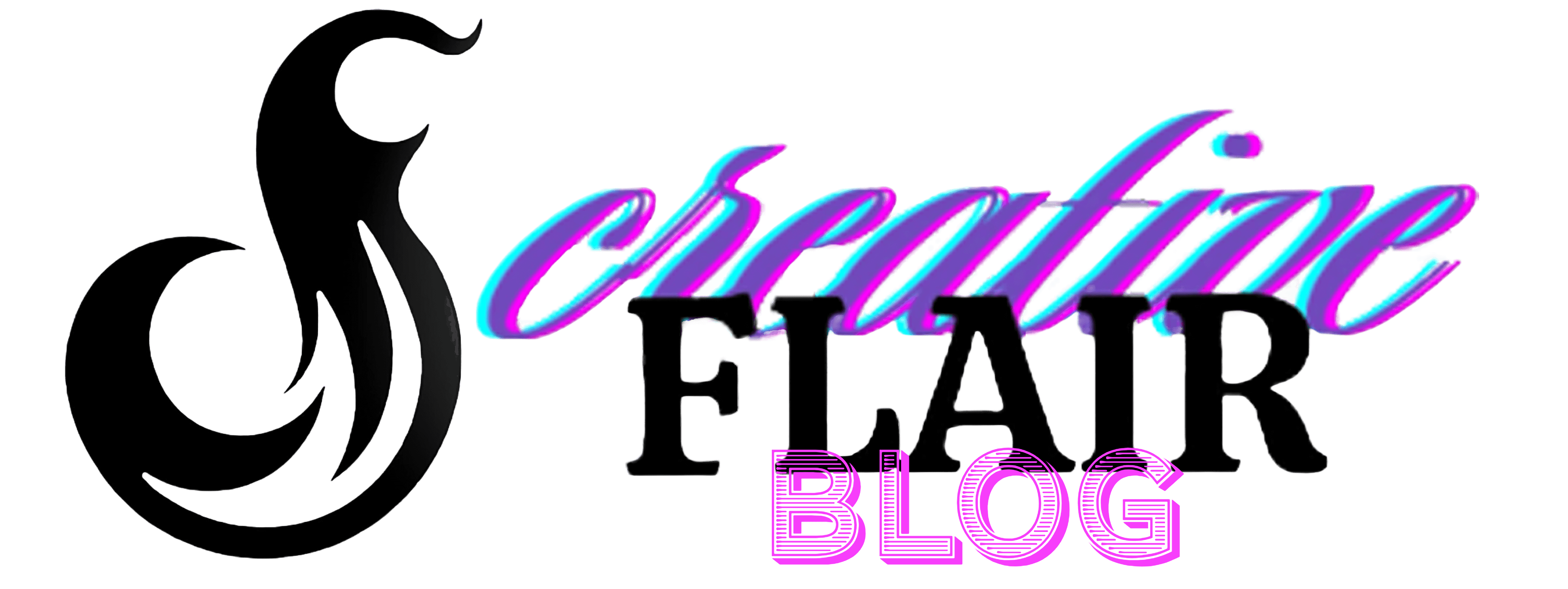Global Market Expansion
The Internet has transformed the art market into a global village. Online galleries allow artists from remote corners of the world to showcase their work to collectors worldwide. This connectivity bridge spans oceans and continents, breaking down geographical divides and boosting sales. U.S. online art sales reached $10.8 billion in 2022, representing a shift in how we perceive and interact with art.1
Virtual technology has become key in enabling these transactions. Virtual exhibitions offer immersive experiences without travel costs. Platforms like Artsy and Saatchi Art aim to replicate the allure of physical galleries in the digital realm. Digital art fairs and online auctions are now frequent events, indicating an industry adaptation where dealers, artists, and collectors are redefining their roles.
Singulart, launched in 2017, exemplifies this trend. The platform brings together artists from various global locations, offering a diverse array of artifacts. It uses AI algorithms to predict tastes and customize recommendations, embodying the globalization of the art market.
This new dynamic has attracted younger, digitally savvy collectors, adding vibrancy to an industry once perceived as elitist. As technological innovations continue to transform the art world, we're witnessing a new era of accessibility and growth.
Digital Innovations and Trends
Technologies like VR, AR, and AI are creating groundbreaking experiences in the online art gallery space:
- Virtual Reality (VR) allows art enthusiasts to step into immersive environments where they can examine artworks closely.
- Augmented Reality (AR) injects modern magic into the classical experience, allowing users to visualize how artworks would fit in their spaces before purchasing.
- Artificial Intelligence (AI) algorithms have become essential, offering personalized recommendations that evolve with each user's preferences.
These technologies redefine the purchase process, turning it into an unfolding experiment in digital storytelling. As technology progresses, emerging tools like blockchain could further secure provenance, offering independent artists new ways to authenticate their work via NFTs.
The future holds possibilities of networked experiences and creator-driven worlds where artists have greater control over distribution and royalties. Each advancement enriches, diversifies, and democratizes the art experience, promising a future where art knows no borders or limits.
Challenges and Opportunities
The digital landscape of online art galleries presents both opportunities and challenges:
| Challenges | Opportunities |
|---|---|
| Authenticity concerns | Expanded market reach |
| Representation issues | Innovative presentation formats |
| Market saturation | Community building |
Authenticity is a primary concern, as verifying artwork without physical interaction requires robust digital mechanisms like blockchain. Representation is another tricky area. While democratizing access empowers artists from underrepresented communities, the sheer volume of art available online risks drowning emerging voices.
Despite these challenges, opportunities abound, especially as young collectors enter the market. These digital natives seek experiences aligning with their lifestyles, fueling demand for experiential and immersive art forms. This drives galleries to innovate, offering captivating narratives that combine storytelling with visual brilliance.
Online galleries can foster community building, encouraging collectors to connect and share within a vibrant network. This sense of community enriches the collector's journey, aligning with younger audiences' values of connection and authenticity.
As challenges persist, so do creative solutions propelling online art galleries into a bold future. The digital realm is set to become a nexus of creativity where art transcends physical boundaries, inspiring a new era of engagement and evolution.
Impact on Traditional Galleries
Traditional galleries are adapting to the digital age with caution. Some, like David Zwirner Gallery, have introduced online viewing rooms, allowing them to thrive even during the pandemic. Gagosian Gallery has embraced a hybrid model, using online platforms to extend their exhibitions globally.
"The advantage of exhibiting art virtually is that it extends an artist's reach far beyond the local crowd," said Heini Mika, chief curator at HMVC Gallery. "Artists get to connect with a very broad and diverse set of viewers, collectors, and buyers compared to a traditional, in-person art show or fair."
This evolution isn't without tension. The digital transformation threatens to alter gallery culture's core, potentially overshadowing the traditionally reverent atmosphere with digital multimedia presentations. Traditional business models are under pressure to adapt, with digital platforms demanding pricing transparency and easy communication.
The future of traditional galleries depends on embracing a dual identity, merging the tactile charm of in-person viewing with the potential of digital engagement. Those who embrace this wave will lead a renaissance, reshaping not just how art is exhibited but how it's experienced and cherished.
- Statista. Global online art sales value 2013-2022. 2023.






















